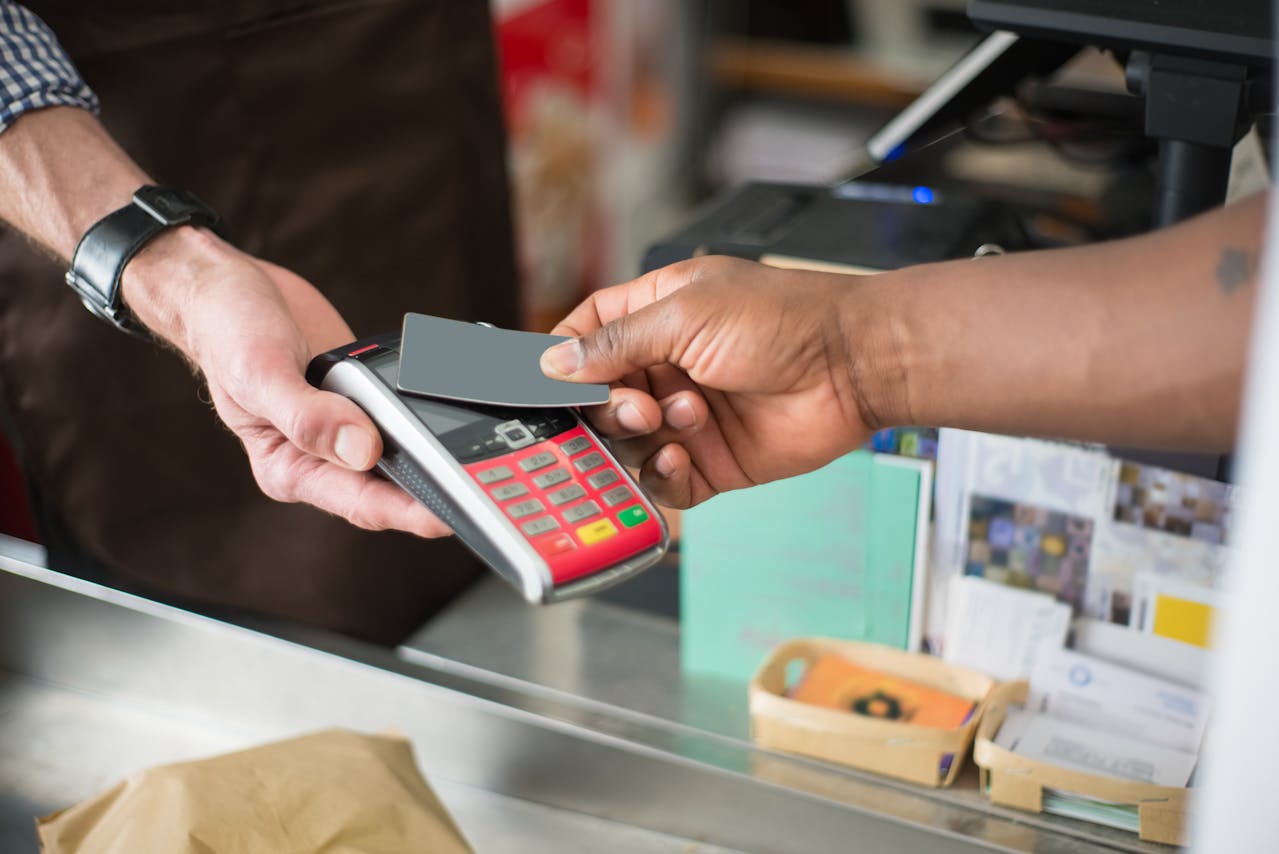European stocks fend of rate risks, yen droops again
By Marc Jones
LONDON (Reuters) – Stock markets were sluggish and the dollar and bond yields shuffled higher on Thursday as the likelihood of a further jump in global borrowing costs, including a possible 100 basis point U.S. rate hike next week, kept the bears on the prowl.
Europe’s main bourses made a positive start after two days in the red [.EU], but the Japanese yen – pummelled to a 24-year low this month – drooped again as Tokyo posted a record trade deficit overnight.
It was a big day too for the crypto markets with a major software upgrade to the Ethereum blockchain dubbed the “Merge” taking place.
China’s central bank had refrained from providing more support overnight although there had been some welcome signs of support elsewhere for the country’s battered property market.
The broader focus however remained squarely on the risk of rising interest rates and painfully high energy prices causing recessions.
Credit rating firm Fitch became the latest to slash its world economy forecasts while bond markets were watching the German yield curve flatten markedly – another classic recession indicator.
“We’ve had something of a perfect storm for the global economy in recent months,” Fitch Chief Economist Brian Coulton said, blaming “the gas crisis in Europe, a sharp acceleration in interest rate hikes and a deepening property slump in China”.
The dollar, which has soared this year amid the jump in U.S. interest rates and global scramble for safety, was showing its strength again.
Expectations that the Federal Reserve will raise rates another 75-100 basis points next week pushed the greenback back up 0.3% against the yen, after the yen jumped on Wednesday when Bank of Japan calls to FX desks triggered intervention talk.
The euro was again back below parity against the dollar. It was down 0.15% at $0.9964 and not too far from a 20-year low of $0.9864 hit last week. Britain’s pound, which has also been hammered over the last month, likewise was 0.25% softer at $1.15115. [/FRX]
“The (Bank of Japan) steps were in reality the last efforts to halt JPY depreciation before actual intervention,” MUFG’s European global markets research head Derek Halpenny said.
“But it is also highly likely that there is still a deep reluctance on the part of the authorities to intervene,” he added, on the view that such action might not be successful in the current environment.
Japan has not intervened in forex markets since 2011 and back then it was to restrain an overly strong yen.
Yen’s biggest drop in decades https://fingfx.thomsonreuters.com/gfx/mkt/movaneowopa/Pasted%20image%201663232168526.png
FLAT AND FLATTENING
Tokyo isn’t the only Asian capital concerned about currency weakness. South Korea’s won bounced off a near 13-year low overnight as it appeared that its authorities had been dishing out verbal FX intervention again.
Among the main stock markets, MSCI’s broadest index of Asia-Pacific shares outside Japan turned during the session to finish down 0.2%. The Nikkei rose 0.2% though, while the main Hong Kong property index surged over 4% after reports that some Chinese developers were finally being allowed to slash prices.
The world’s second-largest economy narrowly avoided contracting in the second quarter as widespread COVID-19 lockdowns and the slumping property sector badly damaged consumer and business confidence.
With few signs China will significantly ease zero-COVID soon, some analysts expect the economy to grow by just 3% this year, which would be the slowest since 1976, excluding the 2.2% expansion during the initial COVID hit in 2020.
“Equity markets are presently in no-man’s land,” said Sean Darby, global equity strategist at Jefferies in Hong Kong.
“Better macro news to support earnings is discounted as (there is) the need for further tightening to quash growth – while CPI prints are not declining fast enough,” he said.
S&P 500 futures, Dow and Nasdaq futures were all broadly flat, pointing to a slow day on Wall Street later. [.N]
Fed funds futures, which were dumped along with stocks after Tuesday’s stubbornly hot U.S. inflation reading but were helped by lower producer price figures on Thursday, imply a 30% chance of a 100 basis point rate hike next week. They have the benchmark U.S. interest rate as high as 4.3% by February.
Two-year U.S. yields, which track near-term rate expectations, edged up to 3.029%, bringing the rise for the week so far to 23 basis points in a seventh straight weekly gain.
European moves saw the 2-year German yield rise 2.5 bps to 1.435% leaving it just off its highest since July 2011.. Germany’s 10-year yield, the euro zone’s benchmark, rose 4.5 basis points (bps) to 1.746%.
ING analysts said that comments by European Central Bank chief economist Philip Lane on Wednesday had endorsed the hawks’ narrative. It “is another clue that the central bank has experienced a significant shift in its reaction function,” they wrote.
Later in the day European trade data is due and Chinese President Xi Jinping meets Russia’s Vladimir Putin in Uzbekistan.
In oil markets, Brent crude futures dipped 24 cents to $93.86 a barrel. Spot gold dropped 0.4% to $1,689 an ounce, having steadily slipped as the dollar and U.S. yields have gone up. [O/R][GOL/]
(Additional reporting by Stefano Rebaudo in Milan, Tom Westbrook in Singapore and Wayne Cole in Sydney)
" Conservative News Daily does not always share or support the views and opinions expressed here; they are just those of the writer."








